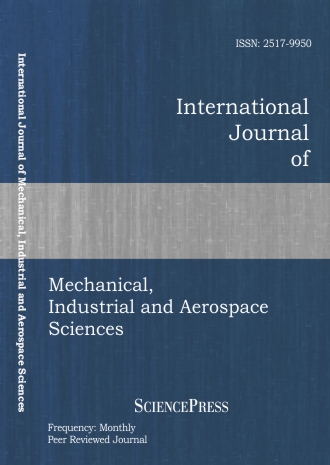
Scholarly
Volume:6, Issue: 9, 2012 Page No: 1923 - 1926
International Journal of Mechanical, Industrial and Aerospace Sciences
ISSN: 2517-9950
2655 Downloads
Just-In-Time for Reducing Inventory Costs throughout a Supply Chain: A Case Study
Supply Chain Management (SCM) is the integration between manufacturer, transporter and customer in order to form one seamless chain that allows smooth flow of raw materials, information and products throughout the entire network that help in minimizing all related efforts and costs. The main objective of this paper is to develop a model that can accept a specified number of spare-parts within the supply chain, simulating its inventory operations throughout all stages in order to minimize the inventory holding costs, base-stock, safety-stock, and to find the optimum quantity of inventory levels, thereby suggesting a way forward to adapt some factors of Just-In-Time to minimizing the inventory costs throughout the entire supply chain. The model has been developed using Micro- Soft Excel & Visual Basic in order to study inventory allocations in any network of the supply chain. The application and reproducibility of this model were tested by comparing the actual system that was implemented in the case study with the results of the developed model. The findings showed that the total inventory costs of the developed model are about 50% less than the actual costs of the inventory items within the case study.
Keywords:
References:
[1] R. A. Hokoma, M. K. Khan & K. Hussain, "Investigation of the senior